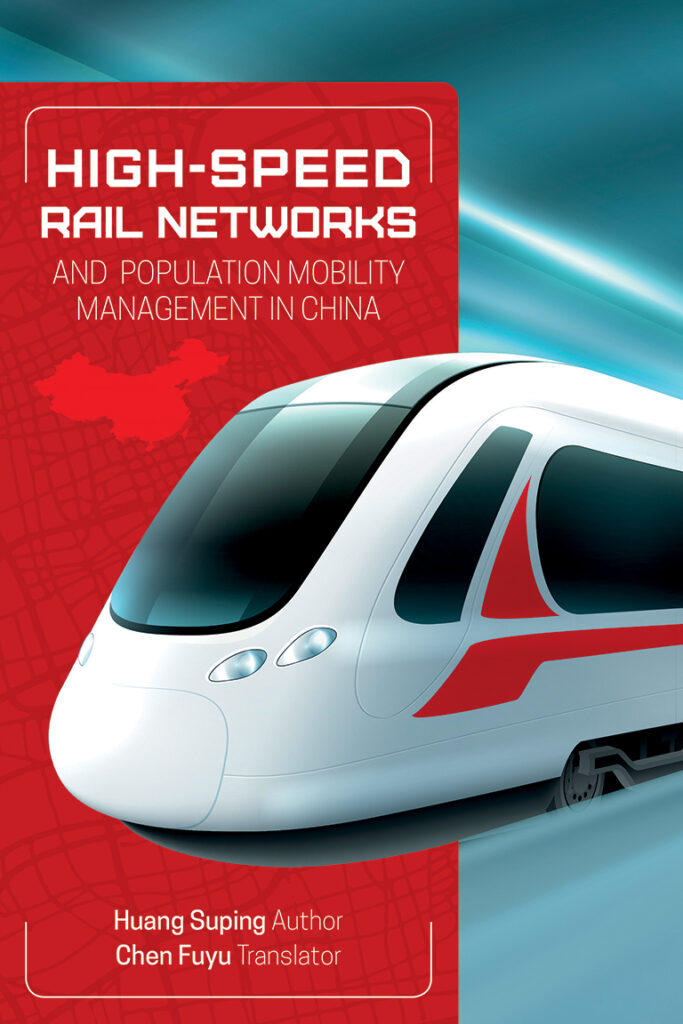Chapter 1
Introduction
1.1 Research Background
1.2 Significance of the Study
1.3 Research Framework and Contents
Chapter 2
Social Management of Floating Populations in Hub Cities in HSR Networks
2.1 HSR Networks’ Influence on Regional Development, Urban Space, and Floating Populations
2.2 Changes in Floating Population Under HSR’s Influence
2.3 Development of Hub Cities and Stations on China’s 4+4 HSR Network
2.4 Development of Class-A HSR Stations—A Case Study of Shanghai
2.5 Social Management of the Floating Population in HSR Hub Cities
2.6 Conclusions
Chapter 3
Spatial Polarization and Social Stratification in HSR Hub Cities: A Case Study of Shanghai Hongqiao Railway Station
3.1 Spatial Polarization and Social Stratification
3.2 Planning of Shanghai Hongqiao Central Business District
3.3 General Information on the Shanghai Hongqiao Transportation Hub
3.4 Current Circumstances of the Shanghai Railway Station, Shanghai South Railway Station, and Shanghai Hongqiao Railway Station: A Comparative Study
3.5 Spatial Polarization Around Shanghai Hongqiao Railway Station
3.6 Spatial Polarization of Wealth in Shanghai
3.7 Conclusions
Chapter 4
The Role of China’s HSR Networks in Restructuring the Industry, Employment, and Population of Urban Agglomerations: A Case Study of the Yangtze River Delta Urban Agglomeration and Shanghai as its Lead City
4.1 HSR Industrial Belts: Definitions, Component Factors, and Spatial Evolution
4.2 The Yangtze River Delta Urban Agglomeration and HSR Economic Belt
4.3 The Impact of HSR Network Construction on the Yangtze River Delta Urban Agglomeration
4.4 The Administrative, Employment, Industrial, and Spatial Layouts of the Population in the Yangtze River Delta Urban Agglomeration
4.5 Changes of Regional Differences in the Yangtze River Delta Urban Agglomeration
4.6 Conclusions
Chapter 5
Railway Transportation and Regional Economic and Social Development: A System Dynamics Simulation
5.1 The Simulation Purpose and Method
5.2 Model Description
5.3 Subsystem Analysis
5.4 Simulation Results of the Basic Variables
5.5 Decision Analyses
5.6 Conclusions
Chapter 6
Strategies for HSR Hubs to Improve Floating Population Service and Spatial Distribution
6.1 Promotion of HSR Stations’ Handling Capacity
6.2 Innovative HSR Operation Management
6.3 Informatization of HSR Service Management
6.4 Differentiation and Segregation in the Greater Hongqiao HSR Station Area: Prevention and Response
6.5 Industrial Division and Cooperation of Urban Agglomerations in HSR Networks
6.6 Conclusions
